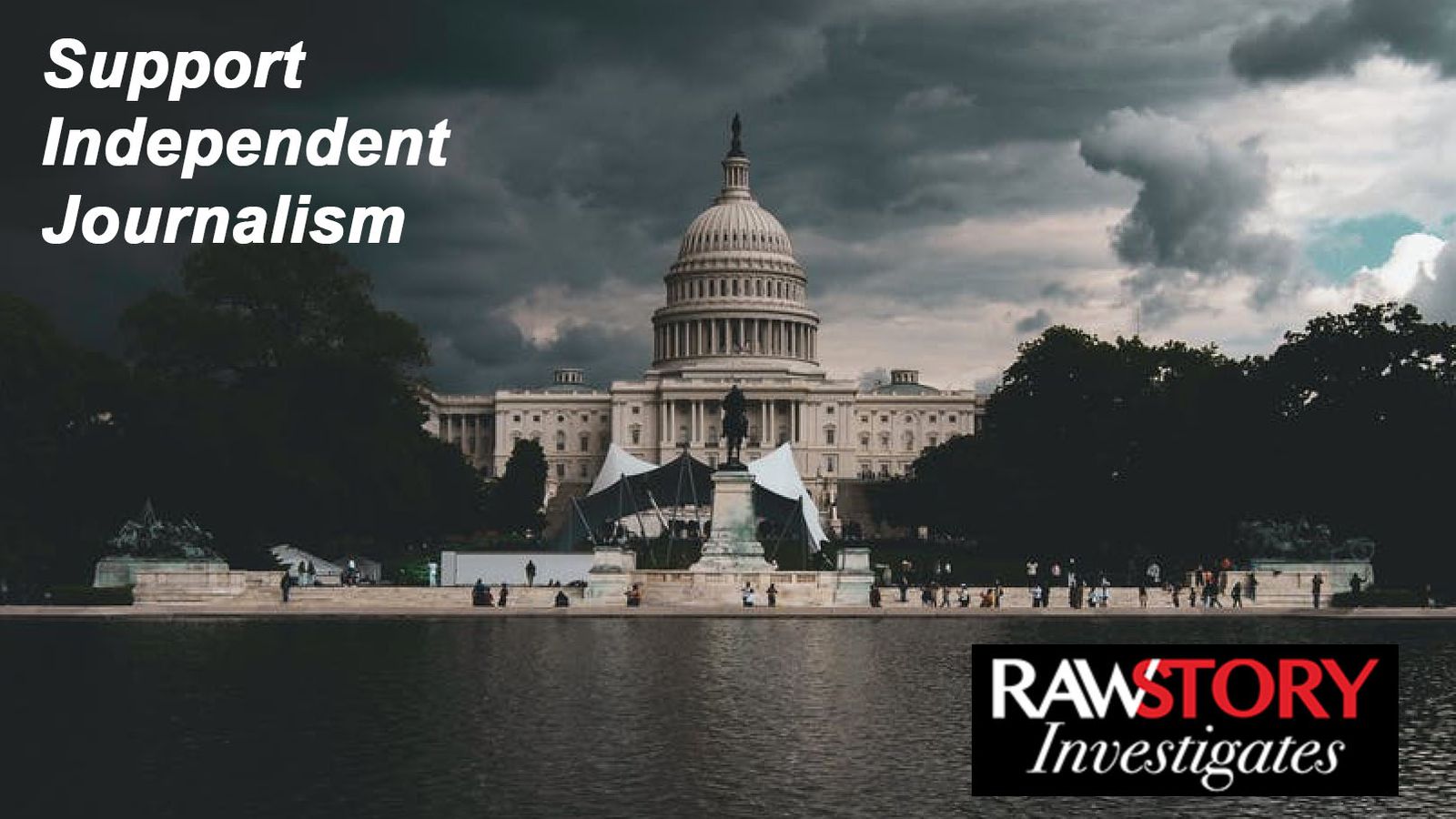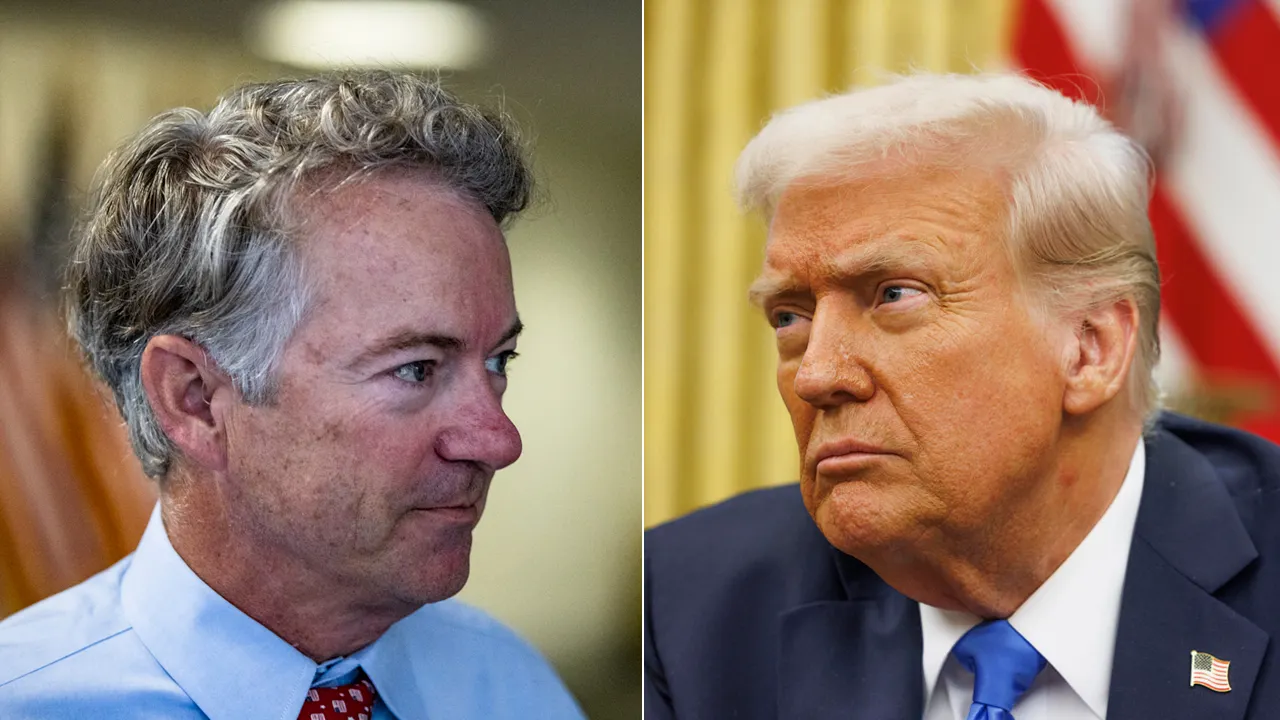The night before the 2024 presidential election, Kennedie Payne, 17, was scrolling on TikTok and came across some numbers that her friends from school had been sending around. “People were assuming it’s polls, but I was like this doesn’t feel right. I wanted to make sure,” she told Teen Vogue. “I did research on what the site was and it turned out that the site was more of a betting site for who would win, instead of a poll. I told my friends, ‘This is not a poll site, don’t believe this. Check other reliable sources.’”
That quick chain of thought — to question the credibility of a source, check alternate ones, and think twice before reposting something even if everyone around you seems to be — didn’t come out of thin air. Payne’s school, Baldwin High School in Baldwin, New York, is one of a rising tide of schools across the country trying to incorporate media literacy education into their curriculum.
Teen Vogue spoke with a dozen educators who say that the question of how to know whether something online can be trusted has made its way into their classrooms in recent years. “Probably the most common question I get regarding news media is a sidebar conversation from a student saying, ‘I saw this on TikTok and I don’t know if it’s true,’” said April Lobo, an eighth-grade social studies teacher at the Maple School in Northbrook, Illinois. “I hear that all the time.” (TikTok recently faced a short-lived ban in the U.S., which was quickly suspended by the Trump administration less than 24 hours after it went into effect, restoring service to users. As of February 13, the app was available for download on Apple and Google stores.)
Across the board, students are eager to learn how to discern fact from fiction. While only around 39% of teenage students received any kind of news literacy education in the last academic year, 94% of students said they believe schools should mandate it, according to a recent study by the News Literacy Project, a nonprofit that works with educators around the country to support news literacy-related efforts. According to the project, nine states have standards in place related to news literacy, and only three of those — Connecticut, New Jersey, and Illinois — have adopted a requirement for it to be taught.
The same study found that 8 in 10 students regularly encounter conspiracy theories — and 81% believe at least one. Educators say they’re recognizing a brewing crisis and want to stem it. According to Miriam Klein, a school librarian in the Cornell school district in Allegheny County, Pennsylvania, one barrier to the spread of this kind of education is an assumption by some that when it comes to getting accurate news online, “the kids grew up with it, so they should know better.” But the idea that today’s young people are “digital natives” and therefore naturally able to process the vast amounts of information — and misinformation — on the internet is increasingly seen as misleading. In the experience of Steve Tretreault, the librarian at William R. Satz Middle School in Holmdel, New Jersey students “may seem like they know how to ride that wave of information, but it’s really more like they’re getting hit in the face with a fire hose.”
Despite barriers of time and energy, tens of thousands of school librarians, English Language Arts (ELA), social studies, science, and health teachers are trying to incorporate information literacy into their work. What those efforts look like varies on the school and even classroom level. Some have turned to guides from nonprofits like the News Literacy Project, while others such as Payne’s school, have used resources from university researchers, like those at Stony Brook University. Some have partnered with new start-ups like EmpowerMe, which is piloting a five-session course for students in New York City at the end of which they earn a “digital driver’s license,” and others have turned to field trip options like “MisInfo Day,” an annual daylong media literacy event organized by the University of Washington Center for an Informed Public that brings together over 500 teens in Seattle and includes activities like a misinformation “escape room.”
When it comes to designing these curricula, “it’s the definition of a moving target,” as Shari Camhi, superintendent at the Baldwin Union Free School District, put it. How exactly to teach kids about spotting fake news is an evolving question, though the one thing all the educators who spoke with Teen Vogue agreed on is that it’s not about giving students a list of “good” or “bad” sources. It’s about equipping students to make that determination for themselves. Some of the most popular approaches included mnemonics like SIFT (Stop and think, Investigate the source, Find alternate sources, and Trace claims, quotes, and media), free online learning platforms like Checkology, and methods like “lateral reading.” In practice, this can sometimes look like teachers learning alongside their students — and being honest about that. “I always tell my students, I’m going to do a frontal lobotomy here,” said Linsey Kitchens, a teacher and librarian at Sedro-Woolley High School in Washington State, describing how she has taught students about new technologies like Artificial Intelligence. “You’re going to see me struggle through this, just like you would, and I’m going to talk you through it.”
Amid the broad range of educators’ approaches, three themes emerged for what they say best landed with kids and teens: empowering their students, meeting them where they are, and making clear how these skills relate to their lives outside the classroom.
In August, Kitchens organized an event where 40 senior citizens in her rural community in Skagit County, Washington got together with her AP language students to learn from one another. On the topic of digital media, her students were the experts in the room. “Giving them the tools and the skills, having them practice it, and then having them turn around and teach somebody else, especially someone in a different generation,” she said, “I think that’s where the magic happens.” Months later, Luke Hagerty, 17, one of Kitchens’s students, said the skills he got to share with seniors that day continue to stick with him. “If I see anything online that looks kind of fake at all, I would definitely search for more resources,” he said. “It’s just my nature at this point.”
Empowering students takes on a different shape at Richmond Hill High School in Queens, New York. Gianna Ventura, 18, is the co-editor in chief of the school’s Instagram account, which essentially fills the role of a school newspaper. She also helps facilitate a for-credit class titled, “Digital Art Through Social Media.” The class has taught her about media bias, credibility online, and journalistic standards, she said. And by giving her the space to help teach her peers and learn alongside them, it’s done more than that: “Before, it was really hard to voice my opinion in a class full of teens such as myself that have different opinions and ideologies,” Ventura said.
Some educators told Teen Vogue a crucial part of successfully meeting students’ needs in terms of news literacy is meeting them on the platforms they actually use. The Pew Research Center found that 39% of Americans under 30 regularly get news from TikTok, and a separate 2023 Pew study found that a majority of 13- to 17-year-olds report using TikTok, Snapchat and Instagram daily.
“There are people who will completely discount social media as a place to get information,” said Amy Palo, a history teacher at Cornell school district, arguing that this approach is more likely to alienate students rather than reach them. “Both political campaigns were on TikTok, right? The Washington Post is on TikTok, The New York Times is on TikTok, so when you tell them, ‘That’s not news, that’s TikTok,’ that’s not going to help get through to them. I think affirming the idea that these are great places to start is helpful.”
One of Palo’s former students, Neveah Rice, 18, said her approach to information gathering has changed since she started learning about media literacy. “I still do get information from TikTok and Instagram, but the difference is that now I actually go and fact-check it before believing it.” (The News Literacy Project has a TikTok account of its own, featuring bite-size rebuttals of conspiracy theories that spread among teens, most recently, that Hurricane Helene was a manufactured event.)
Most of all, educators said, students respond well to learning about news literacy through cases that are directly relevant to their lives. Anna Meyer, a history teacher at Newton North High School in Newton, Massachusetts, said she had students look at media coverage of a state ballot question involving eligibility requirements to graduate from high school. Klein, the librarian at Cornell school district, said she has taught students about online scams using examples of phishing texts or direct messages the students themselves received.
Nicole Murphy, the health educator at North Salem Middle/High School in North Salem, New York, teamed up with the school’s library media specialist and had her students analyze what kinds of health claims tend to crop up when they are scrolling on social media. For many, especially the girls in her class, these claims had to do with weight loss and “detoxing” your body. Students then practiced their fact-checking skills on posts chosen from their own social media feeds.
“Why would you want to just see something and automatically believe it?” asked Jayla Rennocks, 18, a student at Baldwin, explaining that the media literacy program at her school has helped her identify misinformation whether it’s about the presidential election or the latest health craze.
Even as teachers hope to impart a healthy dose of skepticism to students, some mentioned they are also wary of tendencies among some teens to take critical thinking to the extreme and start to approach every news source with an assumption of a hidden and nefarious agenda. “I think there could be trouble, a tipping point where students can go from skeptical to cynical and that’s a problem because they can be like ‘Oh, I don’t trust this, I don’t trust this, and now I don’t trust anything, right?’” said Lobo. “I think you have to reel them in a little bit and live in the gray.”
Ultimately, Kitchens cautioned educators against expecting students to suddenly start fact-checking every post on their social media feeds. “The reason I say that is because I’m a media literacy expert and I don’t do it myself,” she said. According to her, a more realistic goal might look like teens adopting a standard that she has followed: “If I really want to share this information, if it’s important enough for me to convey to other people, I should do some research before I share it.”
Payne came to the same conclusion: “I’ll hear things on TikTok and be like, ‘Okay, I believe that.’ But then I feel like I should look up if it’s true or not before I start spreading it.”
Stay up-to-date with the politics team. Sign up for the Teen Vogue Take
Originally Appeared on Teen Vogue
Check out more Teen Vogue education coverage:














